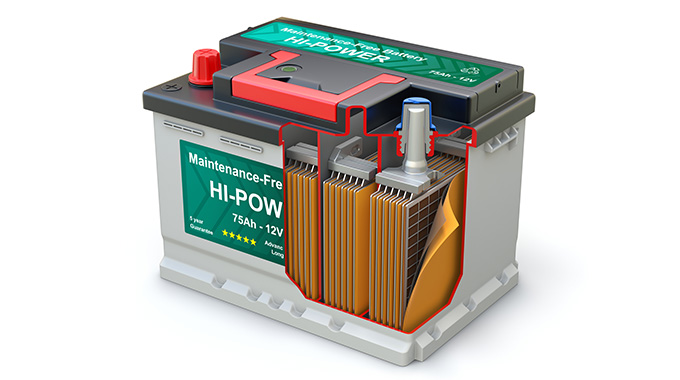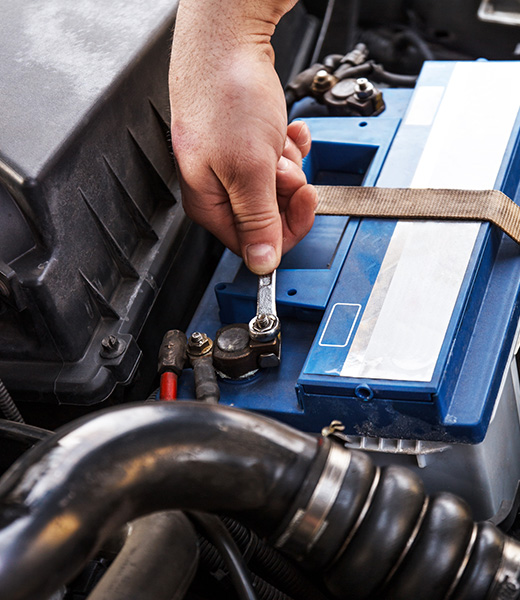Conventional flooded lead-acid starter batteries face a challenge on today's roads.
Increasingly, cars and light trucks—particularly hybrids—are equipped with engine start-stop systems, which turn off the engine when the vehicle is at rest and restart it when the driver releases the brake pedal. Conventional starter batteries aren’t well-suited to such repeated use, however, and often suffer a sharp drop in capacity in as little as 2 years of stop-start use.
In recent years, auto-parts manufacturers have responded to the need for a more robust battery with the development of a new type of lead-acid battery known as an absorbent glass mat (AGM) battery. We look at what makes AGM batteries, and whether you need one.




